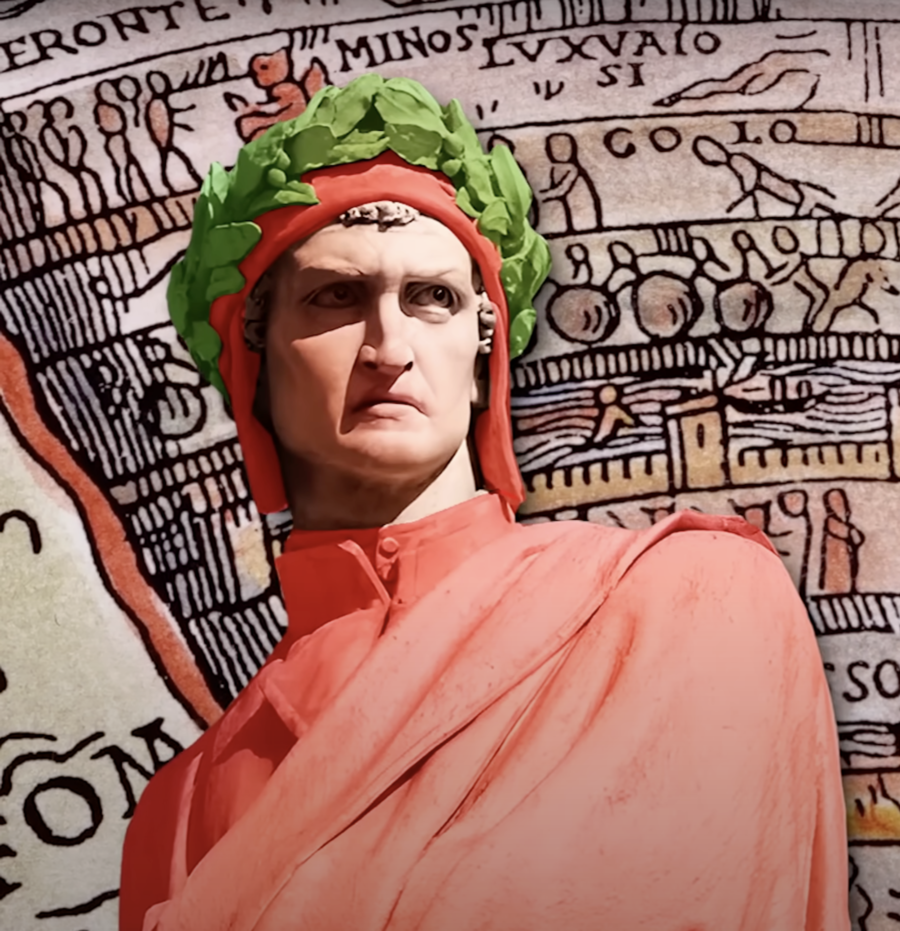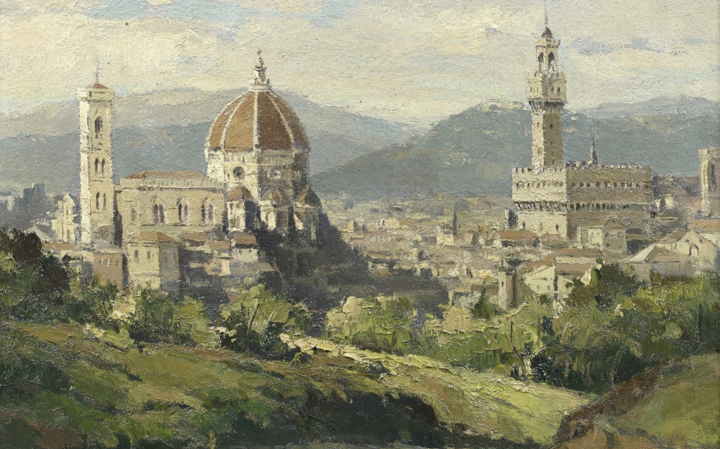
Dante Alighieri was a medieval writer from Florence who wrote the Divine Comedy, a recount of his journey through heaven and hell.
The Divine Comedy is a three part Epic poem:
Part I: Dante’s Inferno
Part II: Dante’s Purgatorio
Part III: Dante’s Paradiso
The most famous act is The Inferno, describing in detail the 9 circles of hell.
People are sometimes unaware that there are also two follow ups, Purgatorio describing purgatory - and Paradiso describing heaven.
Florence

Dante was very fond of his city, Florence, despite being exiled from it after being on the wrong side of a religious revolt. His side (the White Guelphs) were usurped by the Black Guelphs in 1301 over a disagreement on independence from the Pope.
He was sentenced to exile on mostly trumped up charges, told he would be burned at the stake if he ever returned. He spent the rest of his life wandering Italy and writing the Divine Comedy, trash talking his old political and religious rivals.
We’ll see a lot of his enemies and friends return within his stories, you can guess which realm they will appear in, respectively.
Artwork
It’s worth mentioning that most of the imagery we associated with The Divine Comedy is from the work of Gustave Doré.
They are so deeply connected that even 150 years later they are the primary visual pair people associate with the poems themselves.
You can find a collection of his illustrations here:
https://www.worldofdante.org/gallery_dore.html